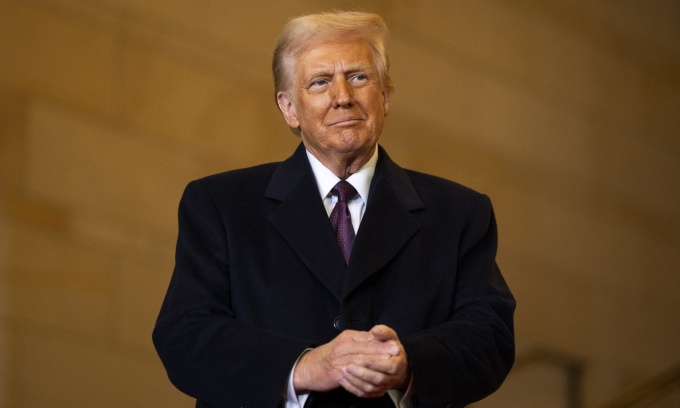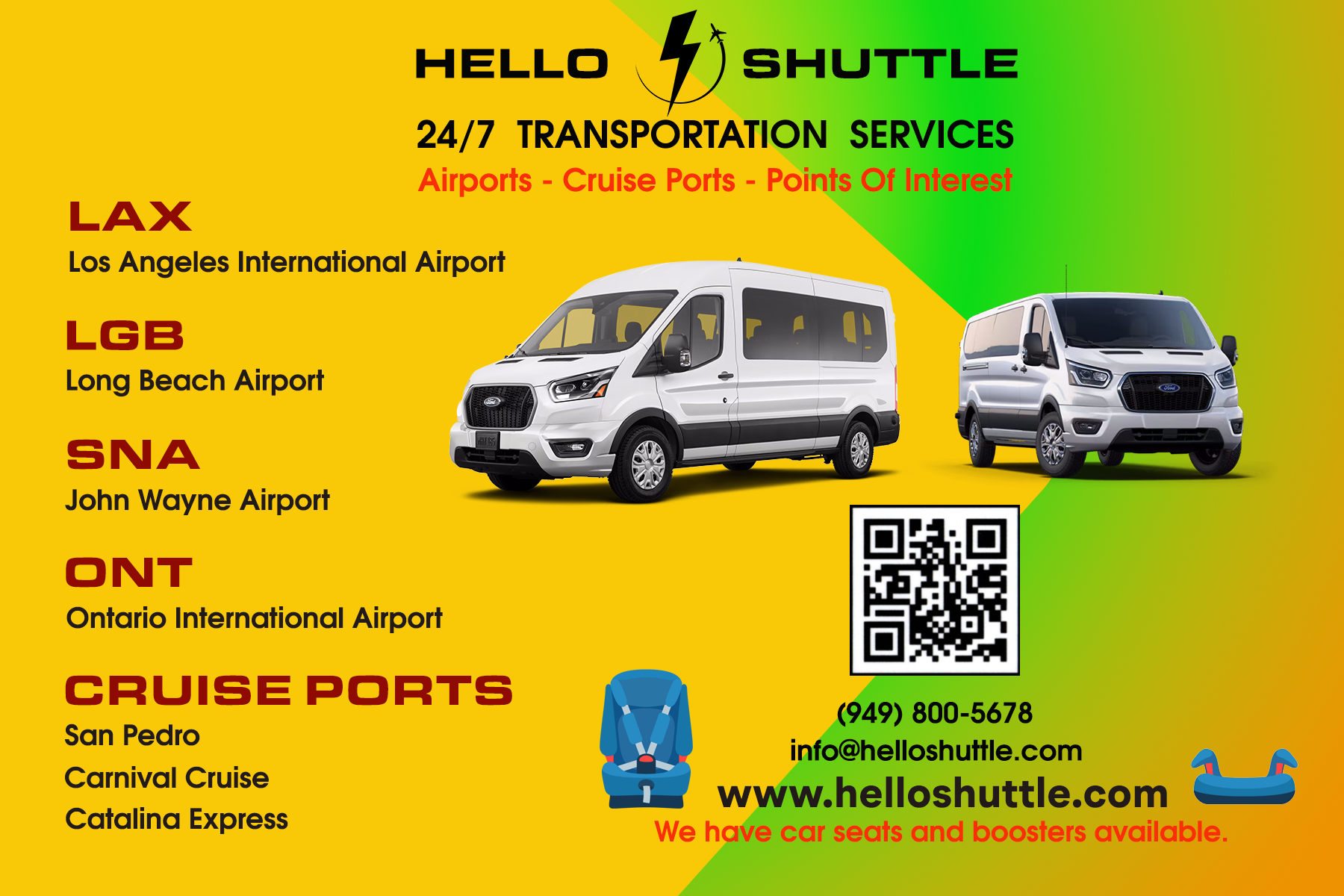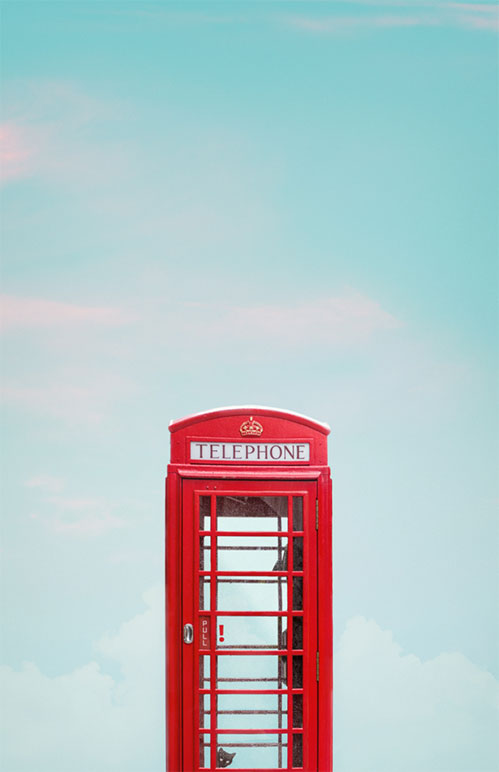
President Donald Trump’s 10% tariff on all Chinese imports officially took effect at 12:01 a.m. on February 4, marking a major escalation in trade tensions between the U.S. and China. The tariff, part of an executive order issued over the weekend, aims to pressure Beijing into tightening controls on fentanyl shipments into the United States, The New York Times reported.
Calling it "the opening salvo," Trump framed the tariff as an extension of his first-term trade policies, which had already imposed 10% to 25% duties on many Chinese products. This new measure adds another 10% tariff on over $400 billion worth of goods imported annually from China.
While Trump had initially planned tariffs on the three largest U.S. trading partners—Canada, Mexico, and China—he agreed to delay duties on Canada and Mexico for 30 days after both governments pledged to strengthen border security and fentanyl enforcement. However, tariffs on China remained unchanged.
Trump announced on February 3 that he intends to speak with Chinese President Xi Jinping within the next 24 hours, but the White House has not confirmed when the call will take place.
Key Policy Changes
The executive order, signed on February 1, also eliminates a popular tariff loophole known as the de minimis exemption. This provision had allowed Chinese e-commerce giants like Shein and Temu to ship billions of dollars’ worth of goods directly to American consumers without being subject to tariffs imposed since 2018.
The last-minute agreements with Canada and Mexico averted an immediate trade war with two of America’s closest allies. However, Trump made it clear that his administration will continue to use tariffs as leverage in negotiations with foreign governments.
"I won’t name names, but tariffs are incredibly powerful—not just economically, but in getting what you want," Trump said during an Oval Office address.
China’s Response
The Chinese government has strongly criticized Trump’s executive order and is reportedly considering “countermeasures”, including filing a complaint against the U.S. at the World Trade Organization (WTO).
Trump has accused China of failing to curb the export of fentanyl and its precursor chemicals, which have been linked to the opioid crisis in the U.S. His February 1 executive order claims fentanyl shipments from China have devastated American communities, overwhelmed the healthcare system, and become the leading cause of death among Americans aged 18 to 45.
Beijing has not yet announced specific retaliatory tariffs, but analysts warn that an economic standoff between the world’s two largest economies could have significant global repercussions.
Hello Shuttle will strive to bring the latest updates. At the end of the day.
Are you looking for reliable airport and cruise port transfer services in Los Angeles?
We offer professional, safe, and punctual transportation from
Los Angeles Airport - LAX
Long Beach Airport - LGB
John Wayne Airport - SNA
San Pedro cruise port
Long Beach cruise port
Disneyland
and other destinations.
Let us make your journey stress-free and comfortable with our dedicated drivers and high-quality vehicles. Book now for the perfect travel experience at www.helloshuttle.com or call 944-800-5678!


